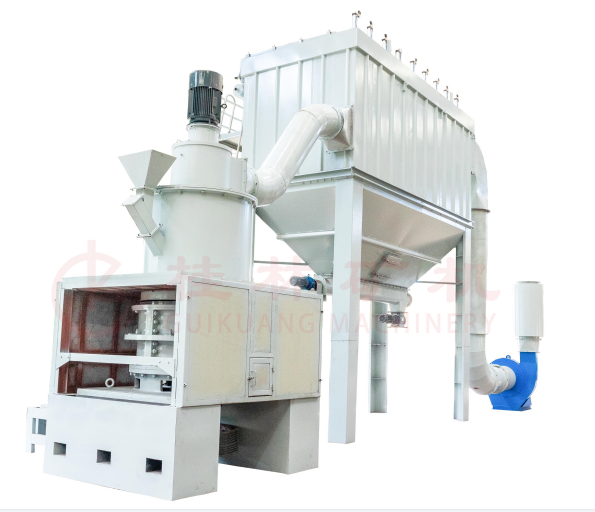Quartz powder is not divided into grades, but only in specifications. Because of its high whiteness, no impurities, and low iron content, it has a wide range of applications.
Glass: Main raw materials such as flat glass, float glass, glass products, optical glass, glass fiber, glass instruments, etc.
Ceramics and refractory materials: raw materials such as blanks and glazes for porcelain, high-silica bricks, ordinary silica bricks and silicon carbide for kilns.
Construction: concrete, cementitious materials, road construction materials, artificial marble, cement physical properties testing materials, etc.
Chemical industry: raw materials such as silicon compound and water glass, filling of sulfuric acid tower, amorphous silica powder.
Machinery: the main raw materials of foundry sand, abrasive materials (sandblasting, hard abrasive paper, sandpaper, emery cloth, etc.).
Others: electronics, rubber, coatings, metallurgy, aviation, aerospace and other fields.
The output is 0.4-40 tons per hour, the particle size is ≤40mm, and the particle size of the finished product is about 65-1000 mesh (0.25-0.015mm). It is an upgraded version of the grinding equipment. The internal structure and main components have been improved. Equipment, increase grinding force, modular design of powder separator, frequency conversion speed regulation, adapt to different fineness requirements, fine grading, and the performance is also very good.

Quartz powder is a powder that meets the requirements of use and is processed by pure quartz (natural quartz or fused quartz) through multiple processes such as crushing, sorting, cleaning, acid treatment, high temperature melting, medium crushing, fine grinding, grading, and iron removal. , At present, there are two production methods on the market: dry method and water method. Because of its brittleness, no cleavage, and shell-like fractures, the particle sizes of large quartz stones generally mined from mines are different.












